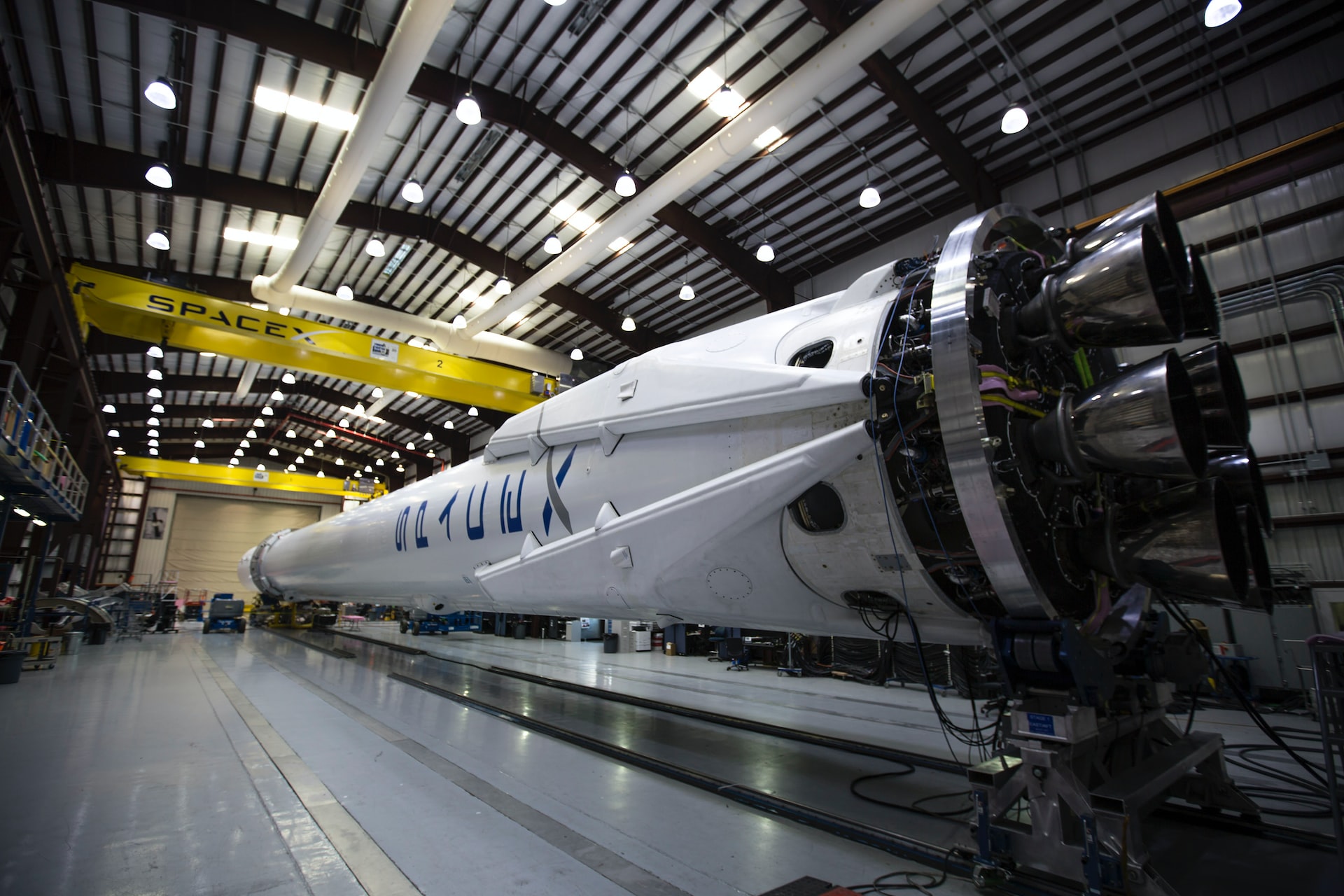The Challenges and Triumphs of SpaceX’s Mars Colonization Efforts

SpaceX, the private space exploration company founded by Elon Musk, has set its sights on colonizing Mars, a goal that many believed was impossible. The mission of colonizing Mars is not only a technological challenge but also a financial, operational, and regulatory one.
Financial Challenges
The cost of colonizing Mars is a major obstacle for SpaceX. Establishing a self-sustaining city on Mars is estimated to cost billions of dollars, which is a significant financial burden for any company.
According to a report by the Mars Society, it is estimated that a minimum of 10 billion dollars will be needed to establish a human settlement on Mars, which includes the cost of launch vehicles, spacecraft, habitats, and life support systems.
Despite the financial challenge, SpaceX is well-positioned to meet the cost of colonizing Mars. The company has a successful track record of attracting investments and generating revenue from its commercial space missions and satellite launches.
Operational Challenges
In addition to financial challenges, there are also operational challenges that must be overcome in order to successfully colonize Mars.
One of the biggest operational challenges is the need to develop the technology to support human life on Mars. This includes the creation of a sustainable habitat, a reliable source of food and water, and a system for recycling waste.
Another operational challenge is the long journey to Mars, which takes approximately six to eight months. This means that astronauts will need to be equipped with adequate resources to survive the journey, as well as the harsh conditions on the Martian surface.
Regulatory Challenges
Finally, there are regulatory challenges that must be addressed in order for SpaceX to colonize Mars.
One of the biggest regulatory challenges is the issue of ownership and jurisdiction on Mars. Currently, there is no clear consensus on who has the right to own or operate on the Martian surface, and this will need to be addressed before human settlements can be established.
Triumphs
Despite the challenges, SpaceX has made significant progress in its efforts to colonize Mars.
The first triumph was the successful launch of the Falcon Heavy rocket in 2018, which demonstrated the company’s capability to send heavy payloads into deep space. This was an important milestone for SpaceX as it marked the first step towards the goal of colonizing Mars.
Another triumph was the successful landing of the first stage of the Falcon 9 rocket, which marked the first time that a rocket had been reused for an orbital mission. This achievement is significant because it represents a major step towards reducing the cost of access to space, which will be essential for the goal of colonizing Mars.
In addition, SpaceX has made significant progress in the development of its Starship spacecraft, which is designed to be the spacecraft that will transport humans and supplies to Mars. The company has successfully completed several test flights of the starship, and it is expected that the first human missions to Mars will take place in the coming years.
Conclusion
SpaceX’s goal of colonizing Mars is a bold and ambitious mission that will require overcoming significant technological, financial, operational, and regulatory challenges. Despite these challenges, the company has made significant progress in its efforts to colonize Mars, and it is well-positioned to continue its efforts in the coming years. The successful colonization of Mars will represent a major milestone in human history and will mark the beginning of a new era of space exploration and utilization.





